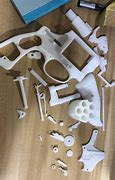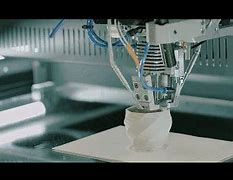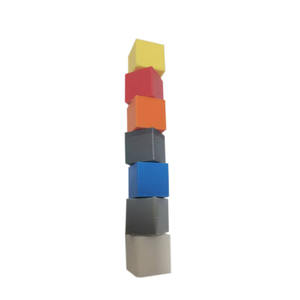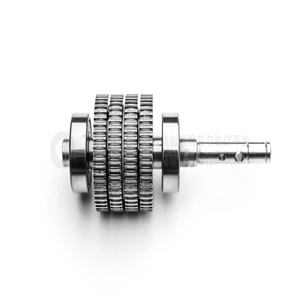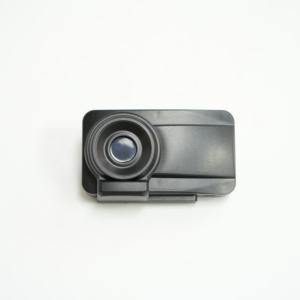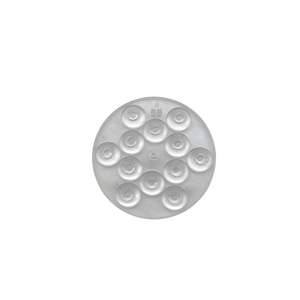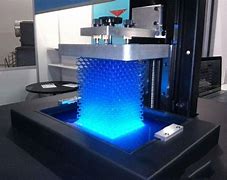Discover a professional 3D printing powder supplier
**The Genius Behind 3D Metal Printing: A Story of Innovation**
(who invented 3d metal printing)
Imagine building a metal object layer by layer, like stacking sheets of paper but with molten steel. This is 3D metal printing. It sounds like science fiction, but it’s real. The question is, who made it possible? Let’s dive into the story.
The roots of 3D metal printing go back to the 1980s. A man named Dr. Carl Deckard and his advisor Dr. Joe Beaman at the University of Texas worked on something called *selective laser sintering* (SLS). This was a way to fuse powders into solid shapes using lasers. Their work focused on plastics first. But the idea of using metal came later.
The real breakthrough for metal happened in the 1990s. A German company called EOS GmbH took SLS and tweaked it. They used high-powered lasers to melt metal powders instead of just heating them. This created stronger, denser parts. Around the same time, a Swedish team developed *electron beam melting* (EBM). This method used electron beams in a vacuum to melt metal. Both methods had pros and cons, but they proved metal could be 3D printed.
You might wonder why this matters. Traditional metal manufacturing often involves cutting, welding, or molding. These methods waste material. They also limit design. 3D metal printing changed that. Engineers could now make complex shapes—like hollow structures or intricate lattices—that were impossible before.
The early machines were clunky and slow. They cost millions. Only big companies like aerospace or medical firms could afford them. Over time, the tech improved. Lasers got faster. Software got smarter. Materials expanded too. Today, we print with titanium, aluminum, even gold.
But who gets the credit? It’s tricky. No single person “invented” 3D metal printing. It was a team effort across decades. Deckard and Beaman laid the groundwork. Companies like EOS and Arcam (the Swedish group) pushed it forward. Universities and labs worldwide refined it. Even NASA helped by testing printed parts for rockets.
Let’s talk about real-world impact. In 2013, GE Aviation made headlines. They 3D-printed fuel nozzles for jet engines. These parts were lighter and stronger than traditional ones. They also used less material. Now, over 30,000 of these nozzles fly in planes globally.
Medical fields benefit too. Doctors print custom titanium implants for patients. These fit perfectly and heal faster. Dentists use printed crowns and bridges. Even fashion designers experiment with metal jewelry made layer by layer.
Challenges remain. Printing big metal parts is still expensive. Quality control is strict. A tiny flaw can weaken a part. Engineers work hard to fix this. New techniques like *binder jetting* speed things up. Here, a liquid glue binds metal powder before baking it in an oven. It’s cheaper but not as strong yet.
The story isn’t over. Startups now sell desktop metal printers. Hobbyists can experiment. Schools teach kids to design metal objects. What used to take a factory now fits in a garage.
(who invented 3d metal printing)
So next time you see a 3D-printed titanium bike frame or a rocket part, remember—it started with lasers in a lab, a pile of powder, and people stubborn enough to believe metal could fly.

